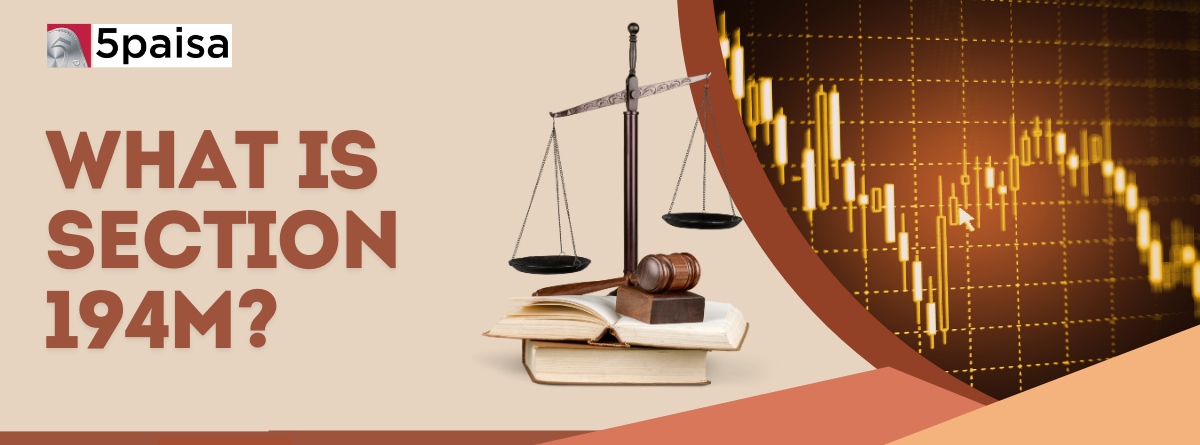Content
- What Is Section 194M?
- What Is Meaning of ‘Work’, ‘Contract’, and ‘Professional Services’ in Section 194M?
- Purpose of Section 194M
- Who Must Deduct TDS under Section 194M?
- Types of Payments Covered under Section 194M
- When to Deduct TDS under Section 194M?
- Rate of TDS under Section 194M
- Threshold Limit for TDS under Section 194M
- Compliance Requirements under Section 194M
- Example of TDS Calculation under Section 194M
- Conclusion
What Is Section 194M?
Section 194M is a TDS provision that applies to certain payments made by individuals or HUFs who are not required to deduct TDS under Section 194C (contract), 194J (professional fees), or 194H (commission/brokerage). In short, it was introduced to bring high-value payments by non-audit individuals/HUFs into the TDS net, without making compliance too complex.
It typically applies when an individual or HUF makes payment to a resident for:
- contract work (including labour arrangements), or
- professional services, or
- commission or brokerage,
- and the total payments to a person exceed ₹50 lakh in a financial year.
A key operational point: under 194M, the payer generally does not need a TAN. Compliance is designed to work using the payer’s PAN, making it easier for individuals/HUFs who don’t usually handle TDS processes.
More Articles to Explore
- Difference between NSDL and CDSL
- Lowest brokerage charges in India for online trading
- How to find your demat account number using PAN card
- What are bonus shares and how do they work?
- How to transfer shares from one demat account to another?
- What is BO ID?
- Open demat account without a PAN card - a complete guide
- What are DP charges?
- What is DP ID in a demat account
- How to transfer money from demat account to bank account
Disclaimer: Investment in securities market are subject to market risks, read all the related documents carefully before investing. For detailed disclaimer please Click here.
Frequently Asked Questions
Section 194M was introduced to ensure tax compliance by individuals and HUFs making significant payments for contract work, commission, and professional services. It helps prevent tax evasion by mandating TDS deduction on high-value transactions.
Individuals and HUFs already deducting TDS under Sections 194C, 194H, or 194J are exempt from Section 194M. This prevents duplicate tax deductions and ensures that TDS is deducted under the appropriate section.
Under Section 194M, a TDS rate of 5% is applicable on total payments made to contractors, professionals, or agents if the aggregate amount exceeds the prescribed threshold in a financial year.
No, individuals and HUFs do not need a TAN for TDS deduction under Section 194M. Instead, they can use their PAN while complying with the tax deduction requirements, making the process easier.
Failure to comply with Section 194M can lead to interest on delayed payments, penalties for non-deduction, and non-issuance of TDS certificates. Non-compliance may also result in tax scrutiny and financial liabilities for the payer.



